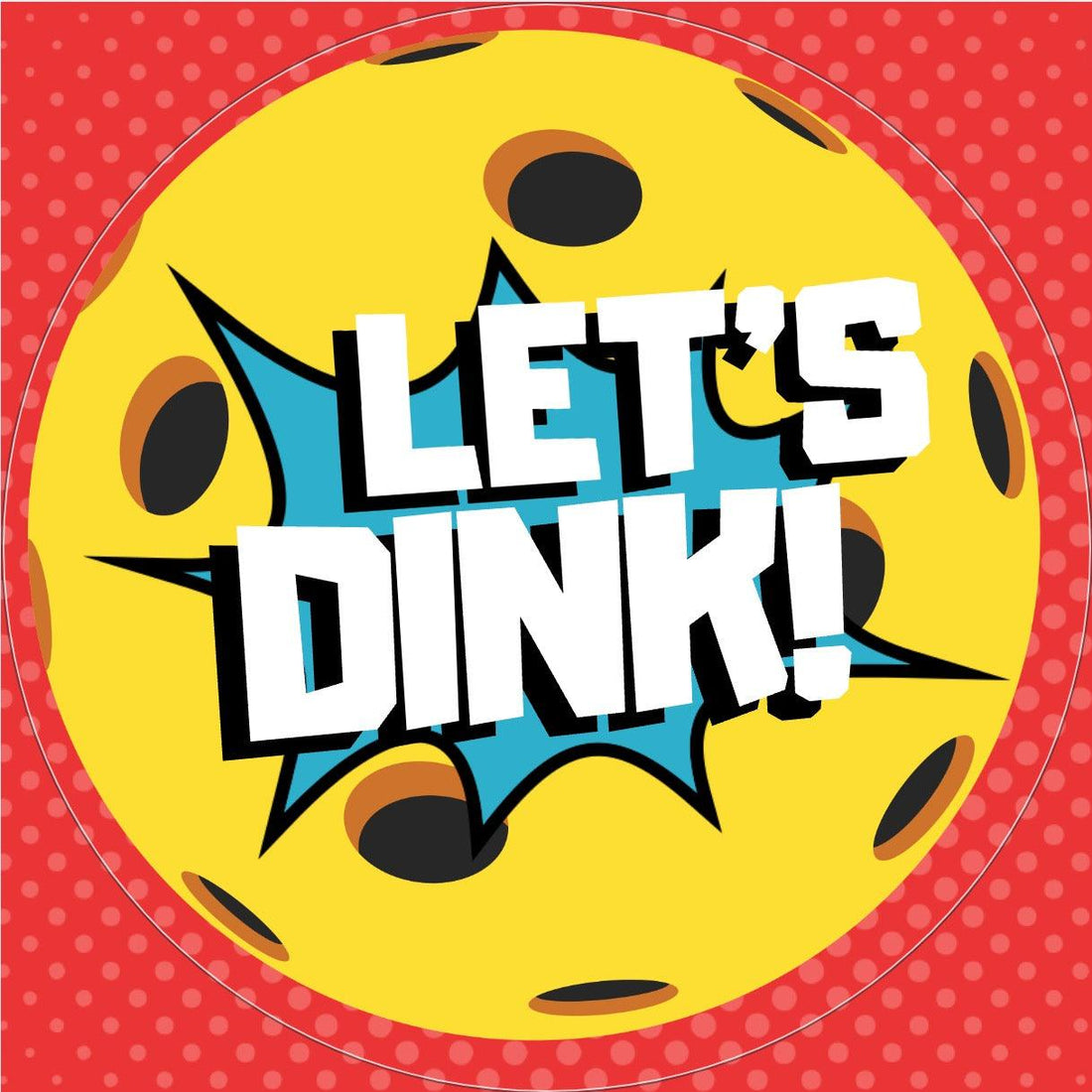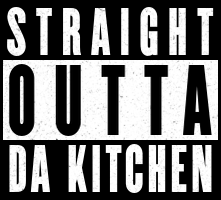
A Guide to Pickleball Paddle Grips
Share
In pickleball, your grip on the pickleball paddle can be the difference between a good shot and a great one. Choosing the right grip impacts control, power, and finesse, making it crucial to explore various techniques. Below, we’ll break down the most common grips, their pros and cons, and when each is best used.
1. The Continental Grip
How to do it: Imagine you’re shaking hands with the pickleball paddle. Your index knuckle and thumb should form a V-shape on the paddle’s bevel.
Pros:
Versatility: This grip works well for both forehand and backhand shots.
Control: Provides solid control for dinks, volleys, and serves.
Comfort: Many players find this grip comfortable for extended play.
Cons:
Lack of Power: While good for control, it may not generate as much power for smashes or aggressive shots.
Flat Shots: Not ideal for players who like to apply topspin.
Best for: Beginners due to its simplicity and versatility. It’s also a great go-to for defensive players who want to block and reset rallies.
2. The Eastern Forehand Grip
How to do it: Hold the pickleball paddle like you would in the Continental grip, but rotate your hand slightly so your index knuckle is positioned on the face of the paddle’s bevel.
Pros:
Powerful Forehands: Allows for strong forehand shots with more control.
Topspin: Helps create a topspin effect, which makes the ball drop faster after it clears the net.
Great for Volleys: Ideal for aggressive players who like to dominate at the net.
Cons:
Weak Backhand: This grip favors forehand strokes, making backhand shots more challenging.
Less Versatile: It’s not as adaptable for dinks or finesse shots.
Best for: Players who prefer forehand-dominant play and want to develop topspin and power in their game.
3. The Western Grip
How to do it: Rotate your hand further so that the knuckle is placed on the side of the pickleball paddle. This is a very extreme grip, primarily used in tennis.
Pros:
Heavy Topspin: Perfect for aggressive players who rely on topspin to control their shots.
High Bounce Returns: Excellent for returning high-bouncing balls with force.
Cons:
Difficult Backhand: As with the Eastern forehand grip, this technique makes backhands harder to manage.
Precision Issues: Not great for delicate dinks, drop shots, or serves that require finesse.
Best for: Advanced players who love to rip heavy topspin and have mastered controlling their strokes with this extreme grip.
4. The Eastern Backhand Grip
How to do it: Start with the Continental grip and rotate your hand counterclockwise so your index knuckle is on the top of the pickleball paddle handle.
Pros:
Stronger Backhand: This grip allows for more power and control on backhand strokes.
Slice Potential: Great for adding slice to your backhand shots, making them tricky for opponents to return.
Control: Offers excellent precision for dink shots and backhand volleys.
Cons:
Weaker Forehand: Since this grip is specifically for backhands, forehand shots may suffer.
Limited Topspin: Doesn’t generate the same topspin as other grips, reducing offensive potential.
Best for: Players who prefer a stronger backhand and those who rely on slice shots to create difficult angles for their opponents.
5. The Two-Handed Grip
How to do it: Similar to tennis, the two-handed grip involves placing both hands on the paddle for extra control, especially on the backhand side.
Pros:
More Control: The second hand provides additional stability, making it easier to direct the ball.
Powerful Backhands: This grip makes it easier to hit powerful backhand strokes.
Spin Potential: Can generate a surprising amount of topspin on backhand shots.
Cons:
Forehand Challenges: Not useful for forehand shots, and it’s more cumbersome when switching between grips.
Less Reach: Using two hands shortens your paddle reach, which can limit your ability to cover the court.
Best for: Players who need more control or struggle with single-handed backhands.
6. The Semi-Western Grip
How to do it: This grip is a compromise between the Eastern and Western grips, placing the knuckle on the side of the paddle but not as extreme as the Western grip.
Pros:
Balanced Play: This grip offers a mix of power, control, and topspin, making it more versatile.
Topspin Friendly: Great for adding topspin to both forehand and backhand shots.
Adaptable: Works well for both offensive and defensive shots.
Cons:
Not Specialized: While versatile, this grip may not excel at any one specific aspect like some of the other grips.
Challenging to Master: Can be tricky for beginners to get used to this middle-ground grip.
Best for: Intermediate players who want a balance between power and control, and like to mix up their shot selection.
Final Thoughts: Which Grip Should You Choose?
The best pickleball grip depends on your playing style, skill level, and the type of game you want to develop.
If you’re a beginner, start with the Continental grip for its versatility.
For power players, the Eastern forehand or Western grip will give you more aggressive shots.
For precision and finesse, the Eastern backhand grip is ideal for backhand control and slices.
If you play with spin, try the Semi-Western for a balanced game, or use the Western grip for maximum topspin.
Experimenting with different grips and learning when to use them will elevate your game, helping you dominate the pickleball court with confidence.
Check out our pickleball-themed stickers, women's apparel and men's apparel.
